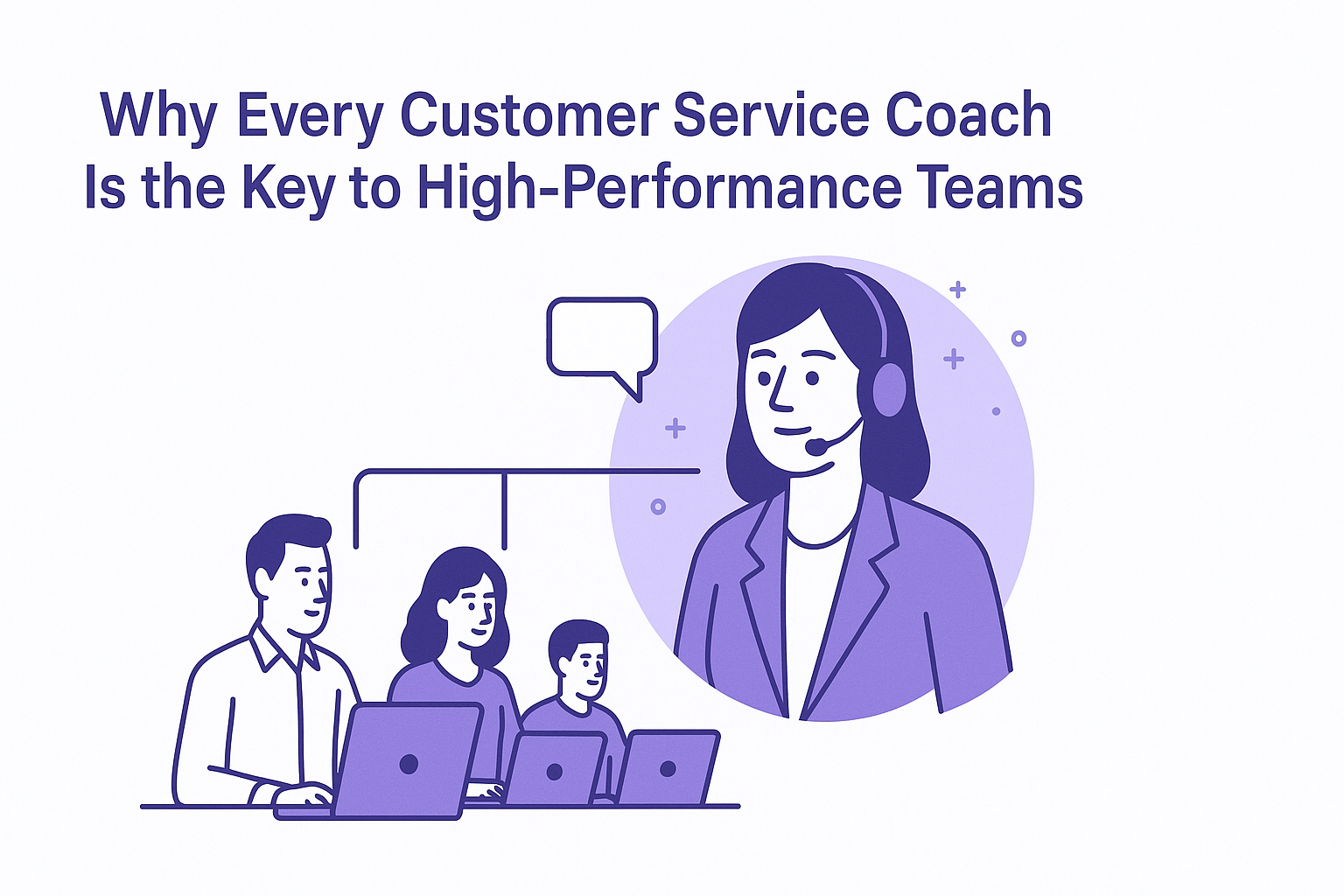Consumer Insights and Analytics: Actionable Tips
-
Hello Insight
- 10 min read
Actionable Consumer Analytics transforms raw data into strategic insights that drive informed decision-making. By understanding consumer behavior and preferences, businesses can enhance their offerings and strengthen customer relationships. Imagine launching a product without insights; it would be like navigating a maze without a map. Instead, actionable analytics acts as a guiding light, illuminating pathways toward successful outcomes.
In today's competitive landscape, leveraging actionable consumer analytics is crucial for brands aiming to stay relevant. This valuable approach not only uncovers the “what” but also delves deeper into the “why” behind consumer actions. With the right tools and techniques, businesses can create targeted strategies that resonate with their audience, ultimately boosting engagement and loyalty.
Generate visualizations from your qualitative data. At Scale.

Understanding the Basics of Consumer Insights
Understanding consumer insights begins with recognizing the value these insights bring to business decisions. Consumer insights are about understanding your customers' needs, preferences, and behaviors through thoughtful observation and data analysis. They enable businesses to connect with their audiences on a deeper level, fostering relationships that lead to loyalty and increased sales.
To harness actionable consumer analytics, companies can follow several key steps. First, effective data collection is crucial. Gathering information through surveys, interviews, and online behavior helps paint a comprehensive picture of consumer preferences. Next, analyzing data patterns can reveal trends that may otherwise go unnoticed. Finally, translating these insights into actionable strategies allows businesses to tailor their offerings, effectively addressing customer pain points and enhancing the overall experience. By mastering the basics of consumer insights, companies can drive informed decisions that help align products with audience expectations.
The Importance of Actionable Consumer Analytics
Actionable Consumer Analytics play a vital role in shaping meaningful business strategies. Businesses that effectively utilize consumer analytics can understand their customers on a deeper level. This understanding allows organizations to tailor their products and services to better meet consumer needs, driving engagement and loyalty.
Moreover, actionable consumer analytics empower businesses to make informed decisions based on actual consumer behavior and preferences. By analyzing data, companies can identify trends, optimize marketing efforts, and ultimately enhance the customer experience. For instance, integrating feedback from various touchpoints, like surveys or social media interactions, provides a comprehensive view of consumer sentiment. As a result, companies can pivot their strategies more effectively in response to evolving demands. Prioritizing actionable analytics not only fosters adaptability but also contributes to sustained growth in a competitive landscape.
Key Tools for Gathering Consumer Data
To gather consumer data effectively, businesses must utilize a variety of tools that facilitate insightful analysis. Surveys, customer interviews, and focus groups are traditional methods that allow for direct feedback from consumers. Digital analytics tools, on the other hand, help track consumer behavior across websites and social media platforms. By using sophisticated software, businesses can collect quantitative and qualitative data, which is crucial for actionable consumer analytics.
Further, CRM systems can centralize consumer information, enabling better segmentation and targeted marketing strategies. A mix of these tools ensures that companies can adapt to market needs and consumer preferences promptly. Choosing the right tool depends on the specific insights sought and the overall business objectives. Investing in multiple data-gathering methods enhances the ability to make data-driven decisions, ultimately fostering a consumer-centric approach.
Evaluate Performance on Customer Calls for Quality Assurance.
Turning Data into Actionable Consumer Analytics
Transforming raw data into actionable consumer analytics involves a clear process that emphasizes understanding customer behavior and preferences. First, organizations must focus on data collection and segmentation, capturing diverse consumer interactions and categorizing them meaningfully. This approach enables businesses to identify key demographics, behaviors, and patterns. Segmenting data allows for a tailored analysis that can reveal insights specific to distinct groups within the consumer base.
Next, analyzing data patterns is crucial for deriving actionable insights. By employing various analytical techniques, businesses can discern trends and anticipate consumer needs. Translating these insights into strategies requires a proactive approach, where findings inform marketing tactics, product development, and customer engagement initiatives. Ultimately, successful actionable consumer analytics depends on your ability to seamlessly integrate technology and data-driven insights, paving the way for informed decision-making and enhanced customer experiences.
Steps to Develop Meaningful Insights
To develop meaningful insights, begin by focusing on effective data collection and segmentation. First, gather diverse consumer data from multiple sources, ensuring it reflects a wide range of demographics. This helps in forming a comprehensive understanding of your target audience. Next, segment your audience based on relevant criteria such as behavior, preferences, or needs to uncover unique patterns and trends.
Secondly, move on to analyzing data patterns by identifying correlations and anomalies within your collected data. Utilizing analytical tools can streamline this process, making it easier to visualize trends that may not be immediately apparent. Finally, translate these insights into actionable strategies that align with your business objectives. By following these steps, you can create targeted marketing strategies and enhance customer experiences, ultimately leading to improved engagement and loyalty.
Step 1: Data Collection and Segmentation
Effective data collection and segmentation are crucial first steps in extracting actionable consumer analytics. To maximize insights, it is essential to gather data from diverse sources, such as surveys, social media, and customer interactions. This variety enriches the dataset, enabling a comprehensive understanding of consumer behavior. By analyzing this data, you begin to identify patterns that reveal which segments resonate most with your brand.
Once the data is collected, segmentation comes into play. Group consumers based on demographics, purchasing habits, and preferences. This classification is not merely about organization; it provides unique insights into tailored marketing strategies. For instance, understanding how different segments engage with various products can inform targeted promotions. By focusing on segmentation, businesses can craft personalized experiences that drive loyalty and enhance overall customer satisfaction. Together, these steps form a solid foundation for actionable consumer analytics, empowering businesses to make informed decisions.
Step 2: Analyzing Data Patterns
To effectively analyze data patterns, begin by collating relevant consumer data into manageable projects. For instance, compile all calls or surveys from a specific period, such as July. By placing this information into a structured format, you can start identifying recurring themes and insights, thus pinpointing essential consumer pain points. The objective is to extract high-level summaries that reveal consistent ideas across conversations.
Next, categorize these insights into clear themes, allowing for a deeper understanding of customer needs and expectations. Doing so not only highlights crucial issues but also enables you to create comprehensive reports that visualize the customer journey from onboarding to advocacy. Analyzing data patterns in this manner offers actionable consumer analytics that informs strategic business decisions, driving overall growth and success.
Step 3: Translating Insights into Strategies
Translating insights into strategies is a crucial step in the consumer analytics process. Organizations must take the knowledge gleaned from data and fashion it into actionable strategies that can drive growth and enhance customer experience. This phase is about converting qualitative insights into clear, strategic actions that resonate with your target audience.
To effectively translate insights into strategies, consider the following approaches:
Identify Key Insights: Start by determining the most significant insights from your data. Focus on pain points and customer desires that require immediate attention.
Develop Actionable Recommendations: For each key insight, create specific recommendations that guide decision-making.
Prioritize Strategies: Evaluate which strategies will yield the highest impact and address insights promptly.
Test and Iterate: Implement your strategies on a small scale, gather feedback, and make necessary adjustments.
Monitor Outcomes: Continually track the effectiveness of your strategies to refine future actions.
Transforming insights into strategies ensures that your organization remains responsive to consumer needs while leveraging actionable consumer analytics for better decision-making.
Leveraging Technology for Effective Analytics
Technology plays a crucial role in generating actionable consumer analytics by streamlining data collection and analysis. Simplifying access for all team members encourages a culture of data-driven decision-making. By using user-friendly platforms, businesses can gather insights quickly without requiring extensive training. These technologies allow users to sort through vast amounts of data, identify trends, and visualize results effectively.
To maximize the impact of analytics, companies can implement a few key strategies. First, integrate data sources to gain comprehensive insights. Second, use advanced analytical tools to uncover patterns across customer interactions. Finally, facilitate collaboration within teams to ensure that insights lead to actionable strategies. By following these steps, organizations can effectively harness technology for analytics, driving better consumer understanding and enhanced business outcomes.
Conclusion: Implementing Actionable Consumer Analytics
To implement actionable consumer analytics effectively, organizations must focus on understanding their data deeply. This involves not just gathering information, but also identifying patterns that can drive informed decision-making. By analyzing both positive and negative feedback from consumers, diverse insights emerge, guiding product development and enhancement strategies.
Moreover, effectively querying and segmenting data unlocks valuable opportunities for targeted actions. It is vital to facilitate comparisons across different datasets, which can further highlight unique consumer trends. This integrative approach ensures that businesses remain responsive to consumer needs, ultimately translating insights into improved products and services.
Generate visualizations from your qualitative data. At Scale.







